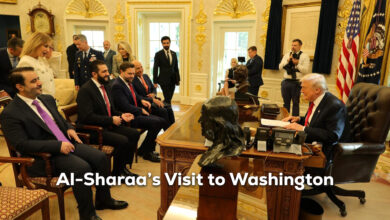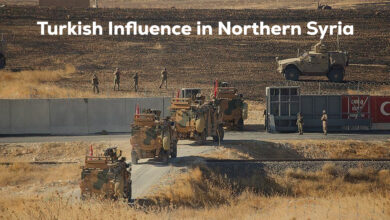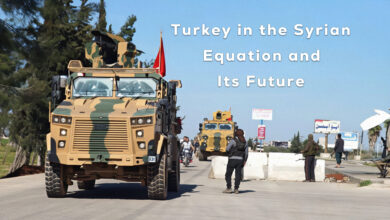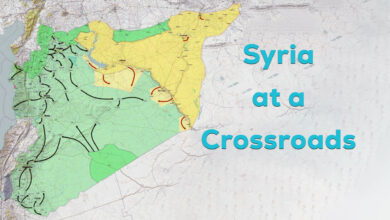Signs of a US-Russian-Israeli-Gulf plan looms in Syria
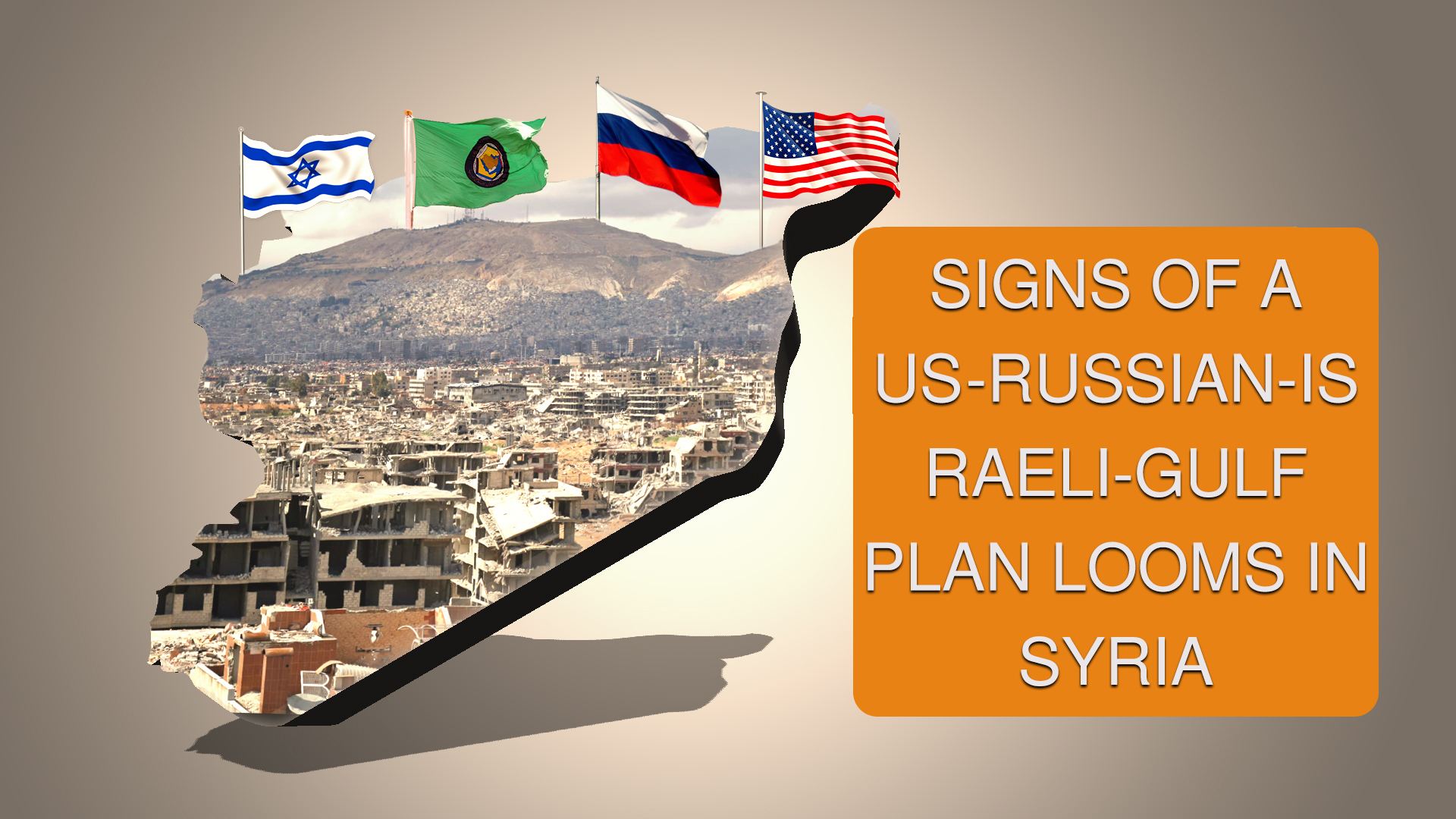
Recently, there has been a lot of speculation about the existence of consensus of the US, Russia, Israel and the Gulf states, led by Saudi Arabia, on the necessity of a political settlement in Syria and returning it to the previous path, in addition to the absence of an Iranian existence in the future of Syria in the long term. These signs have increased in the recent period, amid continued large-scale military operations carried out by Israeli forces inside the Syrian territories, in light of Russian silence.
Since the beginning of 2021, the Israeli forces have intensified their precise military operations inside the Syrian territories, which directly target the Iranian sources of supply on the Syrian lands and cut off all roads in front of the Iranian forces to strengthen their presence in Syria, in addition to the fact that the Israeli forces target the specific weapons that the Iranian forces have recently started transferring them to the vicinity of the capital, Damascus, and the Syrian south. These operations were, to a large extent, very accurate, as the Israeli forces intended to target very sensitive points for the Iranian forces on Syrian territory. These operations coincided with reports about the Russian forces’ provision of the accurate coordinates of the Iranian forces’ points, in addition to revealing all the military tactics the Iranian forces have recently adopted about the trenches that they benefited from in the transfer and delivery of reinforcements to their members, which belonged to the Syrian opposition forces and ISIS in the areas near the Syrian Badia, not to mention leaking the information by the Russian forces about the recent moves of the Iranian forces and their use of the military uniforms of the Syrian regime in the region.
On the other hand, the Russian forces intended to control the Syrian Badia road, which in turn, cut the main artery connecting Iran with Syria reaching southern Lebanon. This move was intended by Russia to stop Iran’s supply of oil and gas to the Syrian regime and to push the Syrian regime to make more concessions in order to attend the negotiations being prepared by Arab and Western countries to complete the normalization project and move forward with the Abraham Accords in the Middle East. These moves have been intensively followed by the successive statements made by Russia about its presence inside the Syrian territories with the aim of protecting the Syrian regime from collapse, regardless the economic crisis that the Syrian regime suffers from. On the other hand, Russia has recently secured, through its moves in the Syrian Desert, all the land roads connecting Damascus with Tehran. Perhaps this matter pushed up the current crisis in Lebanon, where Iran put its full weight in providing economic support to the Syrian regime through Lebanon gate and drying up Lebanon of basic materials with the aim of sending them to the Syrian regime.
These signs come at a time when Iran is suffering from a real crisis inside the Syrian territories in addition to its worsening economic crisis. Iran intended to intensify its presence in Syria by transferring all its power to the north and east of Syria and the attempts to expand there. Perhaps one of the reasons for cutting the roads in front of Iran in Damascus, is its rely on Iraqi factions, including Zainebiyoun and Fatemiyoun, at a time when it used to rely on Hezbollah regading the Syrian issue.
However, Iran changed its tactics in the past months and began to focus and strengthen its presence through the Zainebiyoun and Fatemiyoun factions. Moreover, Iran reopened the doors of the joining in all areas under its control with the aim of including the largest possible number of members into its factions. However, these moves were confronted by parallel Russian moves, as it has recently strengthened and expanded the influence of the Fifth Division to be a substitute for the Fourth Division, headed by the brother of the President of the Syrian regime Bashar al-Assad, Maher al-Assad, and confront it. In addition, the Russian forces raised the salaries allocated to the members of the Russian factions to $150 amid a stifling crisis afflicting the reserve forces of Iran inside Syria.
Regarding weakening the Iranian influence in Syria, Russia’s forming a military force parallel to the Fourth Division does not only come within the framework of withdrawing the members present within the Iranian factions, but it is trying to attract the Arab tribes, one of the most important pillars on which Iran depends in Syria, in addition to the Russian forces’ forming a shield to protect them, which secures their presence and be a true reseve on the Syrian territories. Through such factions, Russia seeks to weaken the military forces present on the Syrian arena, including the pro-Turkish mercenary factions, in addition to weakening the Syrian Democratic Forces (SDF) and pressuring them to achieve some of the interests in Syria, the most prominent of which is expanding the Syrian regime’s control over the areas.
In summary, Russian forces are weakening the Iranian ones in Syria through intensive operations and strikes in the Syrian Desert and in regions east of Syria, Russia is seeking to move forward in permanently removing Iran from the Syrian equation after exhausting all Iranian forces whether through human resources or food resources that provides to the Syrian regime. Of course, this goal comes in the context of Russia, along with the Gulf states, the United States and Israel, completing to achieve the most prominent goal, which is to complete Abraham Accord and normalize with Syria and Lebanon, the only two countries that have not signed that convention yet.
